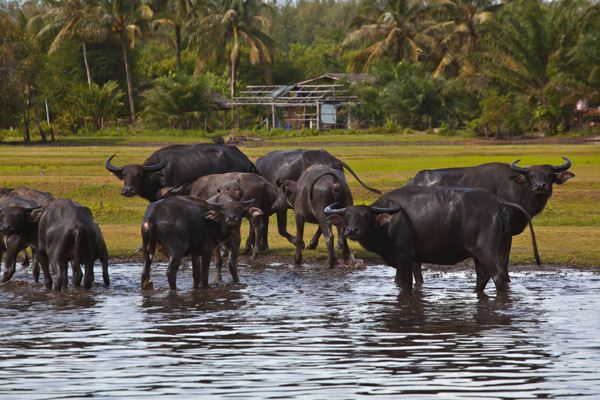Using AI to control energy for indoor agriculture
30 September 2024
Published online 21 November 2017
The domestication of large animals led to larger wealth gaps in post-Neolithic Eurasia than in early societies in the Americas.

Researchers in the US, along with colleagues in Germany, the UK, and the United Arab Emirates, measured wealth disparity in 63 well-documented archeological sites in various parts of the world based on house sizes. The Gini indices, a statistical measure used to gauge wealth differences, were calculated for each site and then compared.
The Old World sites — in Eurasia — were from periods ranging from around 11,000 to 2,000 years ago. The New World sites, present in the Americas, were from around 3,000 to about 300 years ago.
“In both [parts of the world], inequality increased gradually, following the domestication of crops and the origin of agriculture,” says archaeologist, Michael Smith, from Arizona State University. “After more than two thousand years [of crop domestication], the level of inequality in the New World plateaued, but in the Old World inequality kept rising. This difference between the Old and New Worlds was the most surprising thing we found.”
"The domestication of animals had a previously unexpected effect."
The researchers argue that Eurasian domestication of large animals, such as horses, cattle and pigs, allowed more profitable agricultural development, and the appearance of a mounted warrior elite that expanded political boundaries.
“The findings are significant,” says historian Walter Scheidel of Stanford University, who wasn’t involved in the research. “They reveal that the domestication of animals had a previously unexpected effect: it did not merely boost economic output, and military activity, but also shaped the way economic resources were distributed: it increased economic inequality.”
The findings also suggest that when Europeans colonized the New World, the introduction of new species of domesticated animals may have contributed to rising levels of inequality, alongside slavery, the plantation system and exploitation by the new ruling class, adds Scheidel, who recently published a book titled The Great Leveler: Violence and the History of Inequality from the Stone Age to the Twenty-First Century.
Knowledge of ancient wealth inequality helps put contemporary patterns of social inequality into a historical perspective, says Smith, whose team claims the degree of wealth inequality experienced by many households today is considerably higher than those experienced over the last ten millennia.
One of the highest wealth gaps the team found among the archaeological sites surveyed was in Pompeii around 1 AD (with a Gini index of 0.48). This is similar to the Gini index found today in the Slovak Republic (0.45).
The Gini index for wealth in the United States is 0.8: the highest wealth disparity in the world today.
More research is required to determine the accuracy of using house size to calculate wealth disparity in contemporary societies. Smith says he and his team hope their study, together with their soon-to-be-published book Ten Thousand Years of Inequality: The Archaeology of Wealth Differences, will spur colleagues to carry out similar wealth analyses to develop a larger sample of studied societies.
doi:10.1038/nmiddleeast.2017.158
Stay connected: